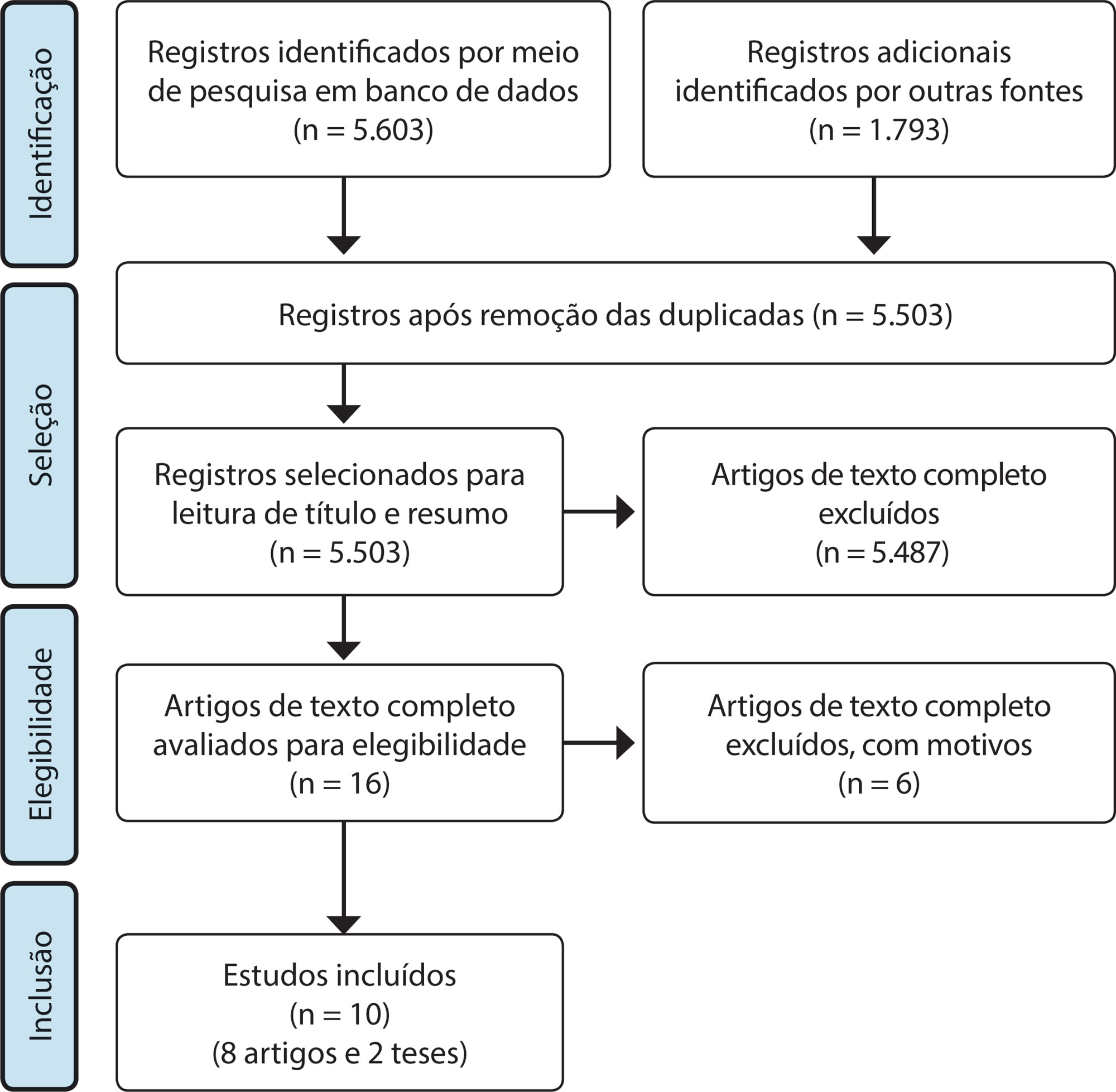-
ARTÍCULO ORIGINAL10/01/2024
COVID-19: Training activities, adherence, and use of personal protective equipment in Primary Health Care
Revista Brasileira de Enfermagem. 2024;77:e20230179
Resumen
ARTÍCULO ORIGINALCOVID-19: Training activities, adherence, and use of personal protective equipment in Primary Health Care
Revista Brasileira de Enfermagem. 2024;77:e20230179
DOI 10.1590/0034-7167-2023-0179
Visualizações1Ver maisABSTRACT
Objective:
to analyze the association between participation in training activities and the adherence to and use of personal protective equipment by workers and professionals involved in Health Residency Programs in Primary Health Care during the COVID-19 pandemic.
Methods:
a cross-sectional study in Brazil between August/2020 and March/2021. We utilized the EPI-APS COVID-19 instrument and its adapted version for resident professionals.
Results:
455 PHC workers and 102 residents participated in the study. Among them, 54.5% and 55.9%, respectively, engaged in training activities. We observed an association between participation in training activities and the proper use of gloves (p<0.001), gowns (p=0.009), goggles/face shields (p=0.002), and overall adherence (p<0.001) among PHC workers, and the proper use of surgical masks (p=0.028) among residents. Adherence rates of ≥75% were identified in 6.9% of PHC workers and none among the residents.
Conclusion:
training activities are associated with increased adherence to and proper use of PPE.
-
ARTÍCULO DE REVISIÓN10/01/2024
Nurses’ practical contributions to improving healthy and sustainable public spaces: an integrative review
Revista Brasileira de Enfermagem. 2024;77:e20240023
Resumen
ARTÍCULO DE REVISIÓNNurses’ practical contributions to improving healthy and sustainable public spaces: an integrative review
Revista Brasileira de Enfermagem. 2024;77:e20240023
DOI 10.1590/0034-7167-2024-0023
Visualizações0Ver maisABSTRACT
Objective:
to identify knowledge production about nurses’ contributions to improving healthy and sustainable public spaces.
Methods:
an integrative review carried out in February 2023 in electronic databases. Studies that answered the research question and that were available in full, in Portuguese, English and Spanish, were included.
Results:
a total of five articles were selected. The findings highlighted the importance of educational projects in the training of local managers and community autonomy; citizen participation and health promotion as ways to implement Sustainable Development Goal 11; nurses as facilitators of collective care; new health practices and modes of producing subjectivity; and use of public transportation, bicycles and/or walking in these spaces.
Final considerations:
there is a clear need for greater incentives from local governments to develop effective sustainability strategies that are led by nurses and the community.

-
ARTÍCULO ORIGINAL10/01/2024
Brazil-Portugal Comparison: Education, Health and Social Development in light of the Sustainable Development Goals
Revista Brasileira de Enfermagem. 2024;77:e20240047
Resumen
ARTÍCULO ORIGINALBrazil-Portugal Comparison: Education, Health and Social Development in light of the Sustainable Development Goals
Revista Brasileira de Enfermagem. 2024;77:e20240047
DOI 10.1590/0034-7167-2024-0047
Visualizações0Ver maisABSTRACT
Objective:
to comparatively analyze the health, education and social development systems of Brazil and Portugal, their relationship with the Sustainable Development Goals and the Organization for Economic Cooperation and Development averages.
Method:
exploratory and descriptive qualitative research, through documentary analysis. The indicators address health, education and social development, considering life expectancy, mortality, prevalence of chronic diseases, literacy, educational performance and poverty rates.
Results:
indicate significant differences between countries. Portugal presents better indicators in life expectancy, educational quality and poverty rates, whereas Brazil faces greater challenges in chronic diseases and equity in access to healthcare services.
Final considerations:
the importance of public policies adapted to local realities and the need for a strategic vision for healthcare systems aligned with the Sustainable Development Goals, in addition to the need for continuous investments and integration of digital health for efficient and equitable systems, stand out.
-
ARTÍCULO ORIGINAL10/01/2024
Inventory of ethical problems in mobile pre-hospital care
Revista Brasileira de Enfermagem. 2024;77:e20230539
Resumen
ARTÍCULO ORIGINALInventory of ethical problems in mobile pre-hospital care
Revista Brasileira de Enfermagem. 2024;77:e20230539
DOI 10.1590/0034-7167-2023-0539
Visualizações1Ver maisABSTRACT
Objective:
to construct and validate the content of an inventory of ethical problems experienced by nurses in mobile pre-hospital care.
Method:
a psychometric approach study, developed with the following stages: (1) instrument construction through a theoretical matrix based on deliberative bioethics, scoping review and online qualitative research; (2) content validity by judges; (3) pre-testing with Mobile Emergency Care Service nurses in various Brazilian states. For content validity analysis, the Content Validity Ratio was calculated (CVR>0.45 for judges and CVR>0.35 for the target population).
Results:
the instrument had 44 items, distributed across four dimensions.
Final considerations:
the constructed instrument presented sources of evidence of content validity, providing good psychometric measurements and constituting a useful tool for nurses’ practice in the pre-hospital setting.
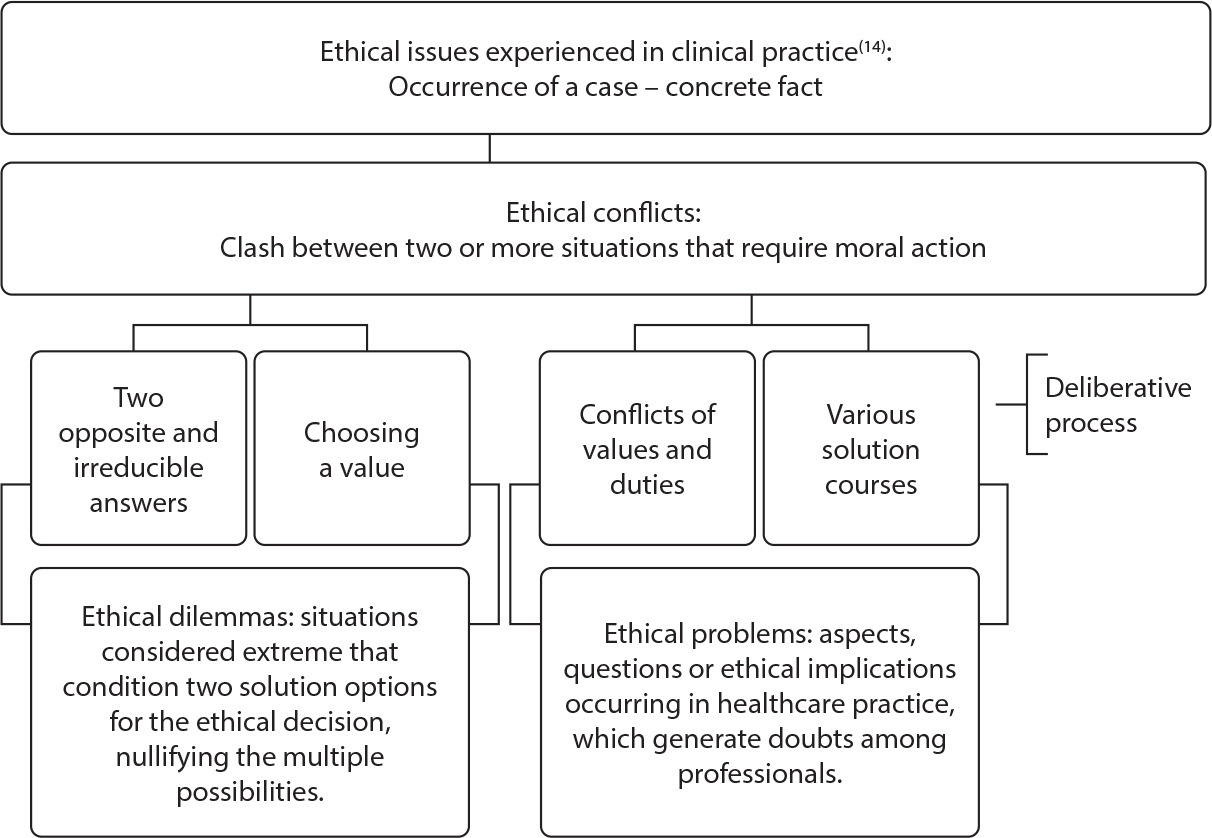
-
ARTÍCULO ORIGINAL10/01/2024
Nursing students and the internet: a reflection of digital ethics
Revista Brasileira de Enfermagem. 2024;77:e20230459
Resumen
ARTÍCULO ORIGINALNursing students and the internet: a reflection of digital ethics
Revista Brasileira de Enfermagem. 2024;77:e20230459
DOI 10.1590/0034-7167-2023-0459
Visualizações0Ver maisABSTRACT
Objectives:
to identify how first-year nursing students use cyberspace and propose an orientation guide with criteria guiding the use of cyberspace.
Methods:
qualitative and descriptive research, carried out with 24 nursing students from a federal public institution in Rio de Janeiro. Data collection was carried out through semi-structured interviews. Data analysis occurred using IRAMUTEQ®. The research was approved by the institution’s Research Ethics Committee.
Results:
students use cyberspace to communicate, study, find “cool things”, share photos and memories. Furthermore, they are concerned about hate speech, intolerance and fake news. The good and bad sides and the types of technologies most used were also portrayed.
Final considerations:
the moral and ethical values of physical coexistence, together with awareness of individual responsibility, are the pillars for using cyberspace. The guide comes as an awareness tool.
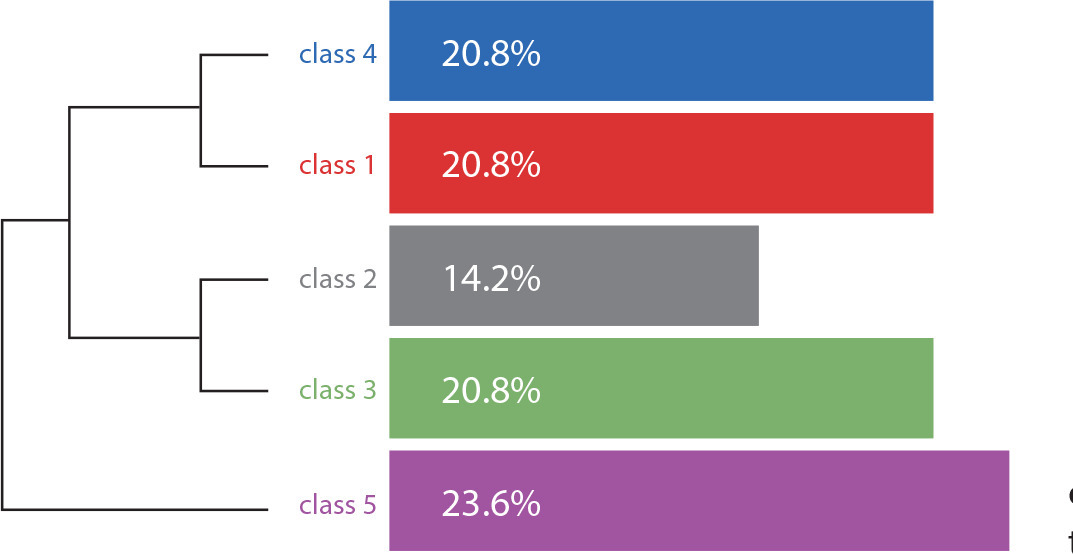
-
ARTÍCULO ORIGINAL10/01/2024
Maternity behind and beyond bars: analysis from the perspective of protection bioethics
Revista Brasileira de Enfermagem. 2024;77:e20220576
Resumen
ARTÍCULO ORIGINALMaternity behind and beyond bars: analysis from the perspective of protection bioethics
Revista Brasileira de Enfermagem. 2024;77:e20220576
DOI 10.1590/0034-7167-2022-0576
Visualizações0Ver maisABSTRACT
Objective:
to analyze how motherhood is expressed in female prison units from the perspective of Bioethics of Protection.
Method:
qualitative research with an ethnographic approach, developed in two women’s prison units. Participantes were: six mothers deprived of liberty, 15 health professionals, and nine prison officers. For data collection, semi-structured interviews and descriptive observation were used. Data analysis was based on the Content Analysis technique, thematic category.
Results:
three categories emerged: women and children violated behind bars (inequities); mothers and children in prison exacerbating imbalances, tensions and conflicts; and limits and references for resocialization.
Final Considerations:
the Bioethics of Protection proposal appears as a valid tool for the analytical direction of the process of confronting issues in the scope of public health in prison units, considering vulnerable groups and aiming at equity and human dignity.
-
ARTÍCULO ORIGINAL10/01/2024
Self-harm in the two years of greatest restrictions during the covid-19 pandemic: a cross-sectional study
Revista Brasileira de Enfermagem. 2024;77:e20240289
Resumen
ARTÍCULO ORIGINALSelf-harm in the two years of greatest restrictions during the covid-19 pandemic: a cross-sectional study
Revista Brasileira de Enfermagem. 2024;77:e20240289
DOI 10.1590/0034-7167-2024-0289
Visualizações0Ver maisABSTRACT
Objective:
to analyze occurrence of self-harm, sociodemographic profile of victims and referrals in the first 24 months of the COVID-19 pandemic in São Paulo.
Method:
cross-sectional study carried out by the Notifiable Diseases Information System with data on self-harm in São Paulo. The period outlined was March 2020 to February 2022. R (4.0.2) software and chi-square test were used.
Results:
there were 15,946 incidents. Victims were young, white, single, heterosexual women. There was high incidence of people with previous mental disorders more than once and without clear motivation. The method used was poisoning/intoxication. There was a considerable number of referrals to the health network, although not totalitarian.
Conclusion:
the years of greater insecurity in relation to the pandemic have given rise to self-harm cases with peculiar characteristics. Agile health policies must be applied in atypical conditions, such as pandemics, especially for adolescents/young people with previous mental disorders.
-
ARTÍCULO DE REVISIÓN10/01/2024
Health of quilombola children as a challenge for the Sustainable Development Goals: a scoping review
Revista Brasileira de Enfermagem. 2024;77:e20240106
Resumen
ARTÍCULO DE REVISIÓNHealth of quilombola children as a challenge for the Sustainable Development Goals: a scoping review
Revista Brasileira de Enfermagem. 2024;77:e20240106
DOI 10.1590/0034-7167-2024-0106
Visualizações0Ver maisABSTRACT
Objective:
to map the literature on quilombola children’s health and its relationship with the Sustainable Development Goals.
Method:
a scoping review, which followed the JBI protocol and the Preferred Reporting Items for Systematic reviews and Meta-Analyses extension for Scoping Reviews. Searches were conducted in the LILACS, BDENF, Web of Science, Scopus, MEDLINE databases and Google Scholar platform. The research protocol was registered in the Open Science Framework.
Results:
eighteen articles out of 2,055 studies were selected as relevant for this study. The articles were grouped into four axes: Access to healthcare services; Nutritional aspects of quilombola children; Health problems of quilombola children; and Care for quilombola children. The relationship between these articles and SDGs 1, 3, 4, 6 and 10 was observed.
Final considerations:
the study provided an extremely important mapping of the theme of quilombola children’s health and themes related to the Sustainable Development Goals.
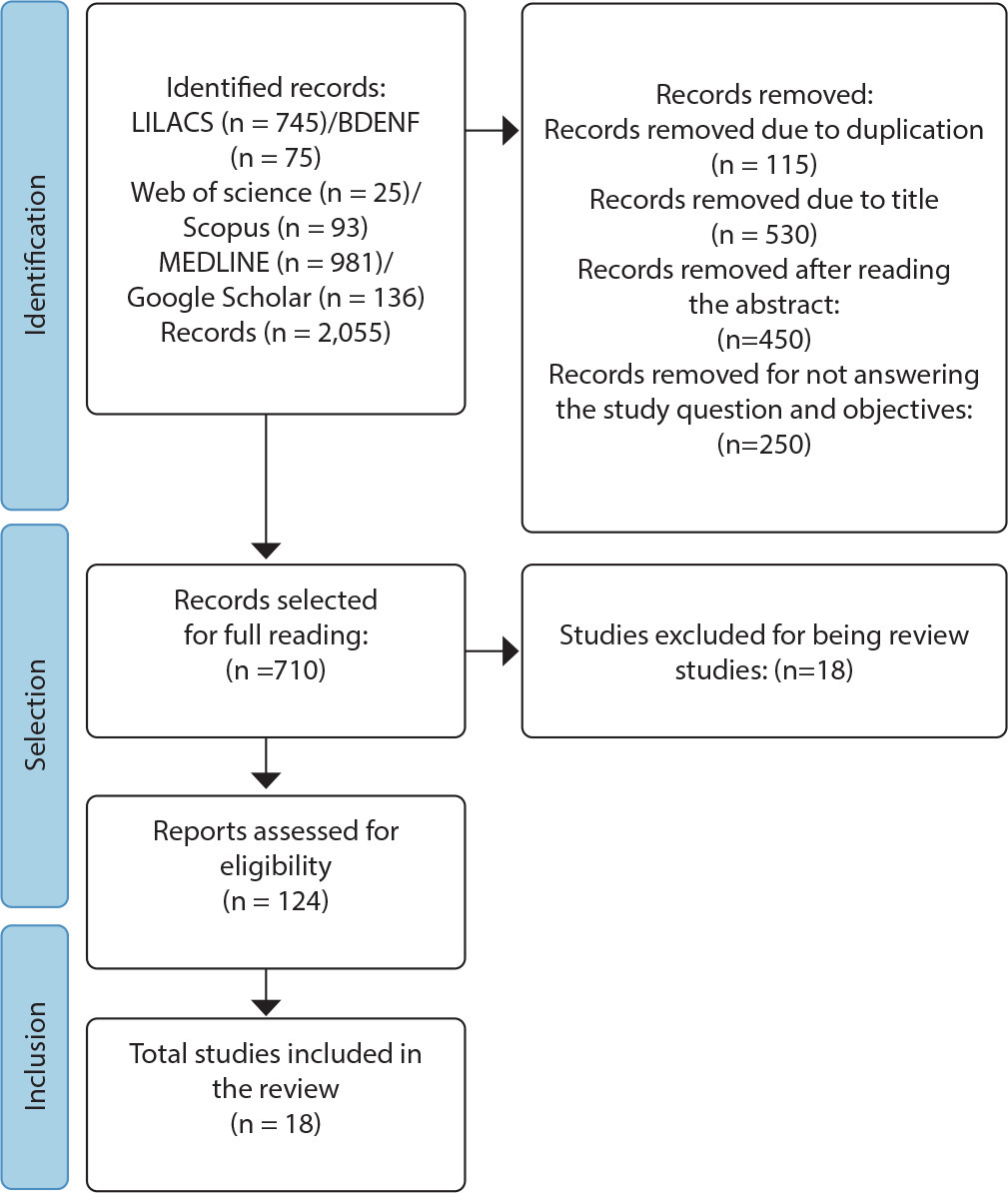
-
ARTÍCULO ORIGINAL30/03/2020
Fatores de risco e de proteção para a síndrome da morte súbita do lactente
Revista Brasileira de Enfermagem. 2020;73(2):e20190458
Resumen
ARTÍCULO ORIGINALFatores de risco e de proteção para a síndrome da morte súbita do lactente
Revista Brasileira de Enfermagem. 2020;73(2):e20190458
DOI 10.1590/0034-7167-2019-0458
Visualizações0RESUMO
Objetivos:
Verificar a ocorrência de fatores de risco e de proteção para a síndrome da morte súbita do lactente durante consulta de enfermagem.
Métodos:
Estudo de coorte retrospectivo conduzido a partir de registros em prontuário de saúde de serviço de atenção primária do município de São Paulo. Amostra foi composta por 63 lactentes atendidos no período de janeiro a dezembro de 2016.
Resultados:
A média de idade dos lactentes foi de 3,2 meses. Os principais fatores de risco identificados foram presença de objetos macios no berço (93,6%) e o compartilhamento de leito (58,7%). Fatores de proteção predominantes foram: aleitamento materno (95,2%) seguido de imunização atualizada (90,5%).
Conclusões:
Foram identificados fatores de risco e de proteção para a síndrome da morte súbita do lactente na amostra estudada, indicando a importância da abordagem da temática junto às famílias de crianças menores de 1 ano, para prevenção da ocorrência de tais eventos.
Palavras-chave: Consulta de EnfermagemCuidado da CriançaEnfermagem PediátricaFatores de RiscoMorte Súbita do LactenteSonoVer mais -
ARTÍCULO DE REVISIÓN09/07/2021
Rastreamento do câncer de mama na Atenção Primária à Saúde no Brasil: revisão sistemática
Revista Brasileira de Enfermagem. 2021;74(3):e20200995
Resumen
ARTÍCULO DE REVISIÓNRastreamento do câncer de mama na Atenção Primária à Saúde no Brasil: revisão sistemática
Revista Brasileira de Enfermagem. 2021;74(3):e20200995
DOI 10.1590/0034-7167-2020-0995
Visualizações0RESUMO
Objetivos:
analisar estratégias de cuidado para o rastreio do câncer de mama na Atenção Primária à Saúde no Brasil.
Métodos:
trata-se de uma revisão sistemática seguindo as recomendações da Colaboração Cochrane.
Resultados:
entre 355 manuscritos, foram elegíveis cinco. O programa de navegação do paciente pelo Agente Comunitário de Saúde destacou-se com o melhor resultado, dentre as estratégias: flexibilização das metas considerando a viabilidade; engajamento comunitário; treinamento da equipe; busca ativa da população-alvo pelo Agente Comunitário de Saúde; solicitação da mamografia por médicos; ações integradas à saúde da mulher; monitoramento do resultado da mamografia, das usuárias faltosas, e da cobertura da população por médico e enfermeiro e avaliação dos critérios de solicitação da mamografia de rastreamento por meio de sistema de informação. A taxa de cobertura da população no programa variou de 23% a 88%.
Conclusões:
a Atenção Primária à Saúde brasileira apresenta dispositivos com potencial indutor à produção de cuidado do rastreio do câncer de mama.
Palavras-chave: Atenção Primária à SaúdeBrasilNeoplasias da MamaPolítica PúblicaProgramas de RastreamentoVer mais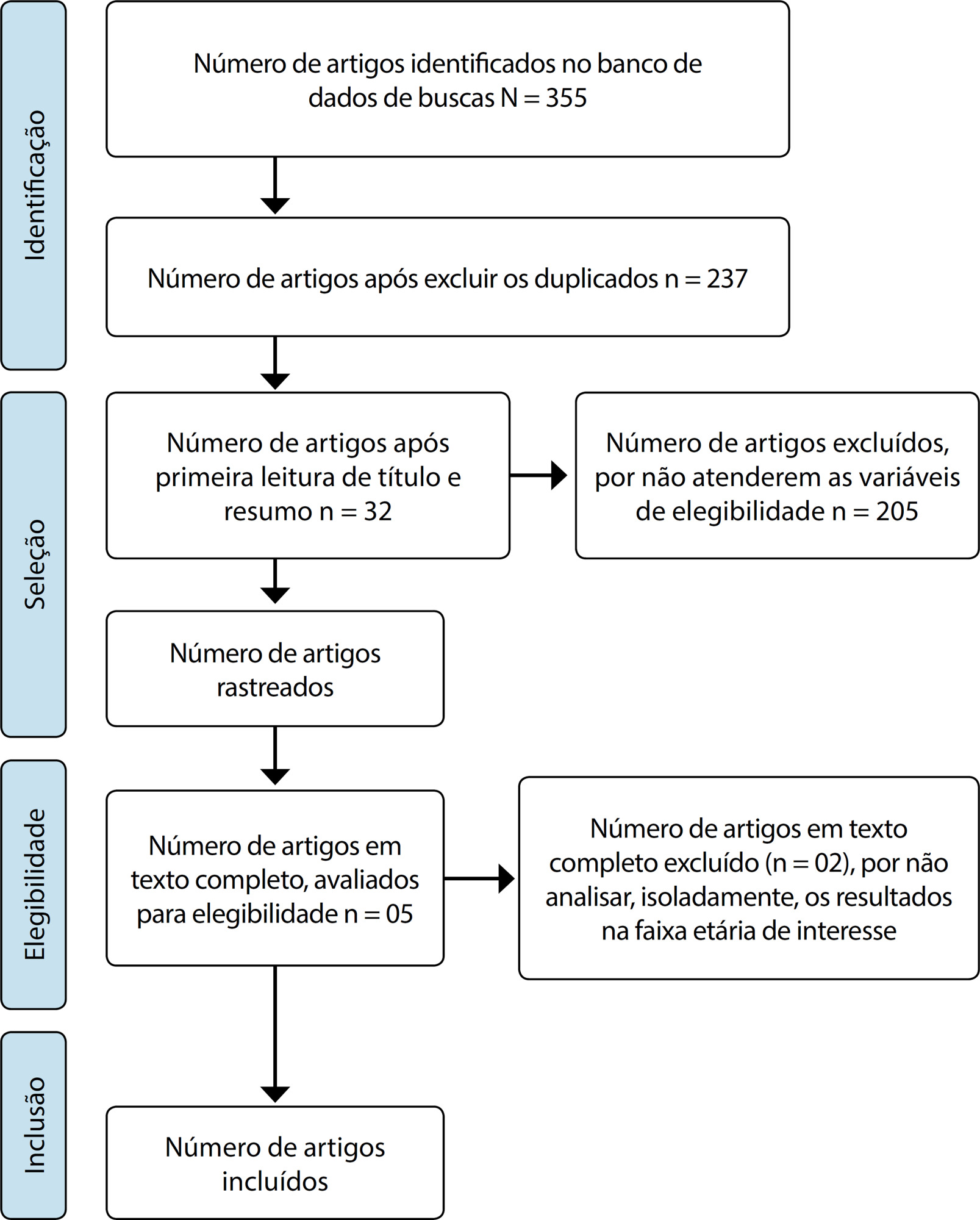
-
ARTÍCULO ORIGINAL01/07/2020
Analgesia obstétrica no trabalho de parto e sua associação com desfechos neonatais
Revista Brasileira de Enfermagem. 2020;73(5):e20180757
Resumen
ARTÍCULO ORIGINALAnalgesia obstétrica no trabalho de parto e sua associação com desfechos neonatais
Revista Brasileira de Enfermagem. 2020;73(5):e20180757
DOI 10.1590/0034-7167-2018-0757
Visualizações2RESUMO
Objetivo:
Investigar a associação entre analgesia no trabalho de parto e ocorrência de desfechos neonatais.
Método:
Estudo de coorte retrospectiva com dados de prontuários de 850 parturientes. A exposição foi receber analgesia farmacológica no trabalho de parto e os desfechos: Apgar do primeiro e quinto minuto < 7, manobras de reanimação e encaminhamento para Unidade de Terapia Intensiva Neonatal (UTI). Utilizou-se regressão logística para obter Odds Ratio (OR) e intervalo de 95% de confiança (IC95%), sendo ajustados por confundidores.
Resultados:
Das mulheres estudadas, 35% receberam analgesia e seu uso esteve associado a maior chance de desfechos, como: Apgar do primeiro minuto < 7 (p<0,0001), manobras de reanimação (p<0,001) e encaminhamento para UTI Neonatal (p=0,004), principalmente entre gestantes de risco habitual, mesmo após ajustes.
Conclusão:
O uso de analgesia farmacológica durante o trabalho de parto foi associado a Apgar do primeiro minuto < 7, manobras de reanimação e encaminhamento para UTI neonatal.
Palavras-chave: Analgesia ObstétricaÍndice de ApgarRecém-NascidoTrabalho de PartoUnidade de Terapia Intensiva NeonatalVer mais -
ARTÍCULO ORIGINAL01/06/2020
Prisoners of suffering: perception of women on violence practiced by intimate partners
Revista Brasileira de Enfermagem. 2020;73:e20190219
Resumen
ARTÍCULO ORIGINALPrisoners of suffering: perception of women on violence practiced by intimate partners
Revista Brasileira de Enfermagem. 2020;73:e20190219
DOI 10.1590/0034-7167-2019-0219
Visualizações0Ver maisABSTRACT
Objective:
to describe the perceptions of women, prisoners or partners of imprisoned men who experience/experienced intimate partner violence, and how they cope with this situation.
Method:
a descriptive exploratory study with a qualitative approach conducted with 21 women. Empirical data collected between March and August 2018, through audio-recorded semi-structured interviews, were submitted to thematic content analysis.
Results:
women reported experiencing different forms of violence, which triggered suffering and negative commitment in their lives, far beyond the act itself, especially by the emotional and physical marks and their consequences. They also realize that coping with violence is individual responsibility, lived in the counterpoint between the desire to overcome it and passivity.
Final considerations:
intimate partner violence was uniquely revealed by women as a solitary experience, with permanent consequences in the physical, emotional, patrimonial, sexual and moral spheres, and limited internal and external resources make it difficult to cope with it.
-
ARTÍCULO ORIGINAL31/07/2020
Avaliação da dor em pediatria
Revista Brasileira de Enfermagem. 2020;73:e20190109
Resumen
ARTÍCULO ORIGINALAvaliação da dor em pediatria
Revista Brasileira de Enfermagem. 2020;73:e20190109
DOI 10.1590/0034-7167-2019-0109
Visualizações0Ver maisRESUMO
Objetivos:
investigar como é realizado o processo de avaliação e manejo da dor em pacientes pediátricos e sugestões para seu aprimoramento.
Métodos:
exploratório, qualitativo. Participaram do estudo nove profissionais da equipe de Enfermagem de unidade pediátrica hospitalar de Porto Alegre/RS. Foram utilizados questionário sociodemográfico, entrevista semiestruturada e análise de conteúdo.
Resultados:
reforçaram a importância da avaliação da dor com participação conjunta da família; e a necessidade do uso de instrumentos e aprimoramentos do processo na formação e sensibilização dos profissionais.
Considerações Finais:
concluído o estudo, foi evidenciada necessidade de abordar o tema, destacando sua relevância para resolução da dor em pacientes pediátrico.
-
ARTÍCULO ORIGINAL22/04/2020
(Des)continuidade do cuidado ao recém-nascido pré-termo em região de fronteira
Revista Brasileira de Enfermagem. 2020;73(3):e20180827
Resumen
ARTÍCULO ORIGINAL(Des)continuidade do cuidado ao recém-nascido pré-termo em região de fronteira
Revista Brasileira de Enfermagem. 2020;73(3):e20180827
DOI 10.1590/0034-7167-2018-0827
Visualizações0Ver maisRESUMO
Objetivos:
compreender como acontece a continuidade do cuidado ao recém-nascido pré-termo na rede de atenção à saúde na fronteira.
Métodos:
a Teoria Fundamentada nos Dados foi o referencial metodológico. Os dados foram coletados por meio de 17 entrevistas semiestruturadas, entre julho de 2016 e março de 2017.
Resultados:
“Descrevendo a estrutura e o funcionamento do Centro de Nutrição Infantil representa o contexto”; “Experienciando e significando o nascimento prematuro” são as condições causais; “Identificando condições que intervêm no processo de continuidade do cuidado ao recém-nascido pré-termo” são as condições intervenientes; “Assegurando a continuidade do cuidado ao recém-nascido pré-termo” são as estratégias; “Identificando fluxos de (des)continuidade do cuidado ao recém-nascido pré-termo em região de fronteira” são as consequências e o fenômeno do estudo.
Considerações Finais:
identifica-se a necessidade de planejar fluxos de referência e contrarreferência do recém-nascido pré-termo e o comprometimento dos gestores em saúde pública para garantir a continuidade do cuidado.
-
19/03/2021
Validade e confiabilidade da Escala de Estresse Psicológico de Kessler para idosos brasileiros: estudo transversal
Revista Brasileira de Enfermagem. 2021;74:e20200365
Resumen
Validade e confiabilidade da Escala de Estresse Psicológico de Kessler para idosos brasileiros: estudo transversal
Revista Brasileira de Enfermagem. 2021;74:e20200365
DOI 10.1590/0034-7167-2020-0365
Visualizações0Ver maisRESUMO
Objetivos:
verificar a validade e a confiabilidade da Escala de Estresse Psicológico para rastreio de sofrimento mental.
Métodos:
estudo transversal com 75 idosos. Utilizou-se escala de Estresse Psicológico e Self Reporting Questionnaire. Validade de critério foi verificada por meio da correlação de Spearman e de medidas de acurácia diagnóstica. Utilizou-se Coeficiente alfa de Cronbach para investigação da confiabilidade.
Resultados:
a consistência interna total da escala de Estresse Psicológico foi α=0,844. A validade concorrente entre esse instrumento e o Self Reporting Questionnaire foi ρ=0,722 (p<0,001). O melhor ponto de corte para rastreio de sofrimento mental entre idosos foi escore total maior do que 14, com sensibilidade igual a 75,47% e especificidade igual a 85,0%.
Conclusões:
a escala apresentou-se robusta para rastreamento de sofrimento mental, dada a sua elevada confiabilidade, em termos de homogeneidade, e adequada validade de critério, cujo melhor ponto de corte para rastreio foi pontuação maior do que 14.
Búsqueda
Buscar en:
Nuvem de Tags
Adolescente (85) Atenção Primária à Saúde (239) COVID-19 (91) Criança (91) Cuidados de Enfermagem (269) Educação em Enfermagem (151) Educação em Saúde (139) Enfermagem (930) Enfermagem Pediátrica (86) Estudantes de Enfermagem (77) Estudos de Validação (131) Família (87) Idoso (208) Promoção da Saúde (99) Qualidade de Vida (104) Saúde do Trabalhador (86) Saúde Mental (145) Saúde Pública (82) Segurança do Paciente (150) Tecnologia Educacional (100)




